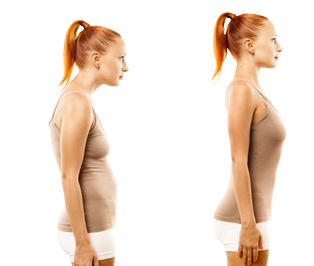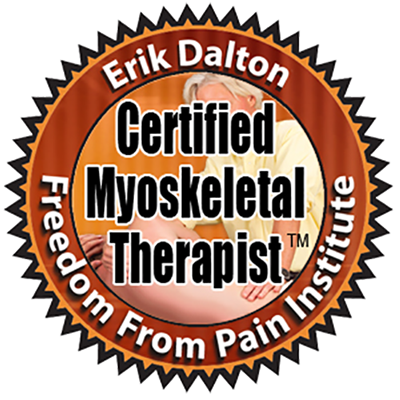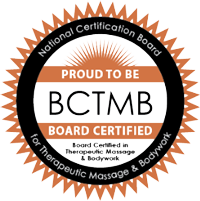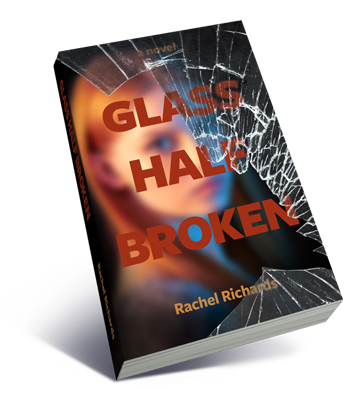News: April 2014
Pain, posture, and ... physics?
 You're building a house. The first thing you need is a stable foundation. Gravity falls perpendicular to the surface, so the walls need to be at right angles to the floor to keep your house upright and sturdy. If the foundation is not level, the structure will weaken and fall down.
You're building a house. The first thing you need is a stable foundation. Gravity falls perpendicular to the surface, so the walls need to be at right angles to the floor to keep your house upright and sturdy. If the foundation is not level, the structure will weaken and fall down.
Now think of your body. It's exactly the same! We're made up of a bunch of levers and pulleys. We need structural integrity. We need our spines to be perpendicular to the floor. Otherwise, our joints will weaken, our function is compromised and eventually - you guessed it - we have pain.
Remember Newton's third law? "For every action, there is an equal and opposite reaction." If you have a misalignment, your body automatically compromises for this imbalance. This is known as the righting reflex, which attempts to correct postural deviations through signals to the brain that cause a muscular contraction. For example, imagine your left hip is higher than the right. This creates a diagonal foundation for the spine, which can no longer remain straight, or perpendicular to the floor. With the spine offset, your right shoulder will rise up in an "equal and opposite reaction" in order to bring your head back to center. The brain instinctively needs to be balanced to maintain equilibrium. Now take this body, with all its joint compensations and muscular contractions, and sit, stand, walk, run, dance ... you can see how this will lead to a considerable amount of pain.
Studies have shown that these misalignments and compensatory patterns begin at only eight years old! It all starts with sitting in school. It is unnatural for us to sit for long periods of time, and yet that's what we do. We sit at school, we sit at work, then we come home and sit some more. Another layer of dysfunction is created when we get injured and don't rehabilitate properly. Add to that repetitive stress, such as in our work (think of musicians, dentists, or even using a mouse at the computer), and one-side-dominant sports like golf or baseball. Over time, our bodies develop a multitude of misalignments and compensations.
So often, what begins as poor posture ends up causing a considerable amount of pain, bringing us to a doctor who then diagnoses us with disc herniations, osteoporosis, irritable bowel syndrome (yes, poor posture negatively affects our organs by putting undo pressure on them), or any number of other diseases. We then receive a prescription for medication. But meds are merely managing a symptom - the diagnosis is a symptom - of postural imbalances that began years ago.
Poor posture negatively affects your muscles, ligaments, joints, bones, and organs ... including your brain! When our bodies are out of alignment, our brains have to work that much harder to maintain equilibrium - constantly monitoring and adapting. Improve your posture and allow your brain to move on to bigger and better challenges.
"Really awesome," I hear you say, "but how do I improve my posture?" I'm glad you asked ...
Straighten up and fly right!
Massage, with a focus on structural work, is an excellent way to begin unraveling the layers of compensation built up over the years. But the work doesn't end when you get off the massage table. You need to change your day-to-day environment. Look at any perpetuating factors and adjust them accordingly. If you work at a computer, for example, what can you do with your work station to enable optimum alignment? Lucky for you I've already answered that question!
You will also need to do corrective exercises on a daily basis. When your body is misaligned, some muscles become very short and tight, and others get stretched out and weak. One of the main goals of corrective exercises is to strengthen the weak muscles and stretch and release the short ones. I give my clients corrective exercises to do at home. Often, as alignment changes, more compensations are revealed. Our work at each treatment is to unravel each layer of compensation. We then reassess, and the exercises are modified accordingly. This continues until the client is pain-free. The client then maintains optimum form and function by continuing good day-to-day habits and exercises, and receiving maintenance massage around once a month. This structural work has been shown time and again to postpone, or even mitigate, the need for surgery or pain medications.
So don't be a slouch. Take charge of the physics of your body to become pain-free and improve your alignment, organ function, physical activity, and ability to heal. Didn't your mother ever tell you to sit up straight?
Source: Patrick Mummy - World Massage Conference
What's new with me ...
I took a great all-day hands-on workshop on chronic neck pain with one of my favorite educators in the field of massage and sports therapy, Ben Benjamin. (Yes, that's his real name.) His teachings have inspired many of my newsletter articles.
Sienna turned one year old on March 16th! My sisters threw her a "Pete the Cat" themed celebration. Pete is one of her favorite storybook characters. I think I've smiled and laughed more this past year with Sienna than I have in my life. Check out the new photos, including pics from her birthday!
More exciting news - I went to see my 18-year-old nephew, Adam, perform at Carnegie Hall in "An evening of youth music with best bands & choirs International." He played clarinet in his school band and orchestra and sang in the choir. They sounded like seasoned professionals! Dare I be the proud aunt and say that he inherited his extraordinary music talent from me?

Call or text me today
917-359-8641
I'd be happy to answer
any questions you have!
Massage@Rachel-Richards.com
Subscribe to my Youtube channel!
Did you know?





